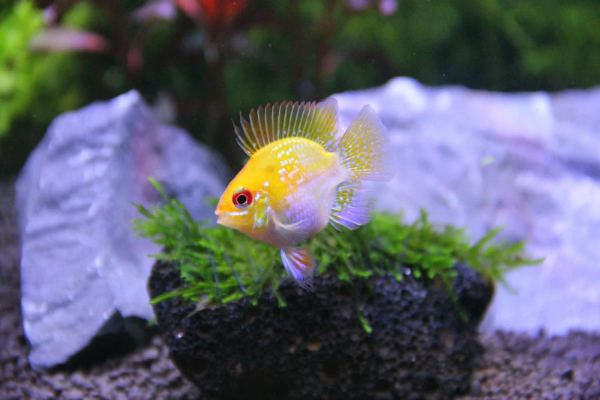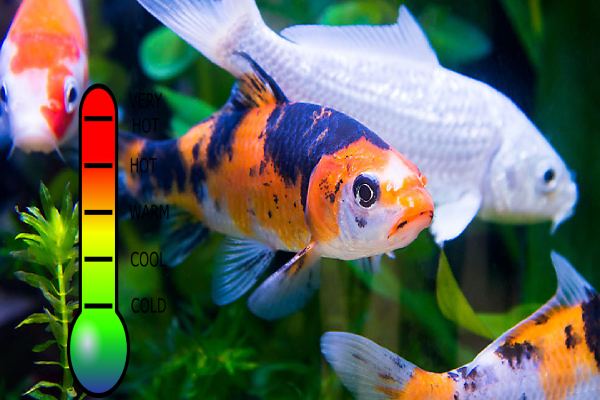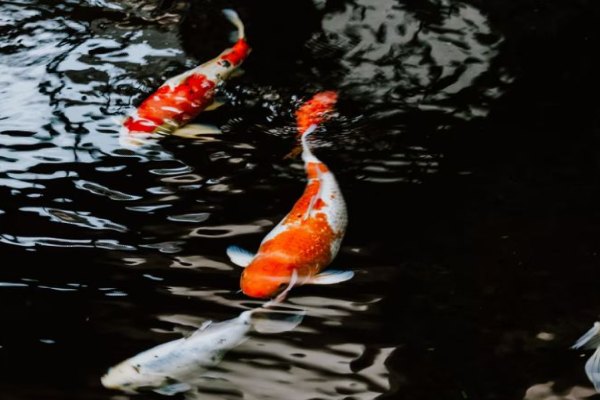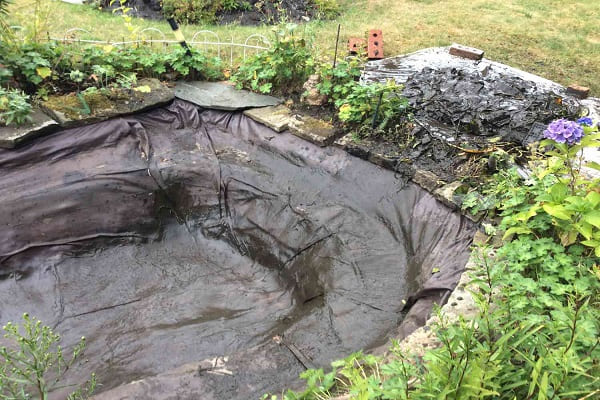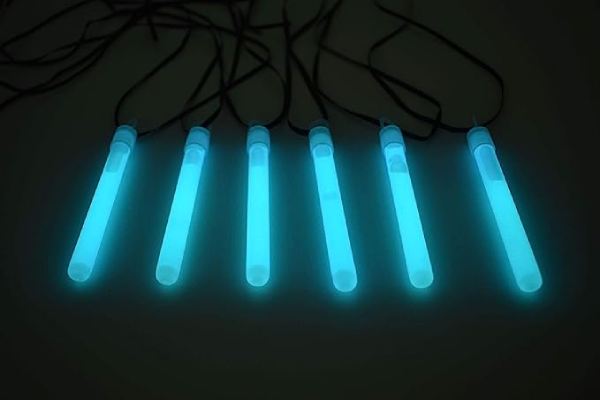Can You Keep Minnows in a Garden Pond? Guide On How To
Keeping minnows in a garden pond can be a delightful addition, adding movement and life to your aquatic environment. Minnows are small, hardy fish that are generally easy to care for, making them a popular choice for both experienced and novice pond enthusiasts. Here’s a comprehensive guide on how to keep minnows in your garden pond:
Choosing the Right Minnows
Before adding minnows to your pond, consider the following points:
- Species Selection: Common types of minnows suitable for garden ponds include Rosy Red Minnows, Fathead Minnows, and White Cloud Mountain Minnows. These species are typically resilient and adapt well to various water conditions.
- Compatibility: Ensure the minnow species you choose are compatible with the other fish and plants already present in your pond. Some minnows may be aggressive towards smaller fish or nip at the fins of larger, slower fish.
- Local Regulations: Check if there are any local regulations regarding the introduction of minnows or other fish species into outdoor ponds, as some areas may have restrictions to prevent the spread of non-native species.
Pond Preparation
- Size and Depth: Minnows are small fish that do well in ponds of various sizes, but typically, a depth of at least 18 inches is recommended to provide adequate water volume and temperature stability.
- Water Quality: Ensure your pond has good water quality with proper filtration and aeration. Minnows are tolerant of a range of water conditions but do best in clean, well-oxygenated water.
- Plants and Shelter: Incorporate aquatic plants like water lilies, hornwort, or waterweed. These plants provide oxygen, shelter, and hiding places for minnows, reducing stress and improving their overall health.
Acclimating Minnows to the Pond
- Temperature Adjustment: If you purchase minnows from a pet store or supplier, acclimate them to the pond water temperature gradually to avoid shock. Float the bag containing the fish in the pond for 15-20 minutes to equalize the temperature, then release them gently into the water.
- Feeding: Minnows are omnivorous and will feed on algae, insects, and small invertebrates in the pond. Supplement their diet with high-quality fish flakes or pellets if natural food sources are limited.
- Monitoring: Keep an eye on your minnows regularly to ensure they are healthy and thriving. Watch for signs of illness, unusual behavior, or aggressive interactions with other fish.
Maintenance and Care
- Water Quality Checks: Regularly test the water quality parameters such as pH, ammonia, nitrite, and nitrate levels. Perform partial water changes as needed to maintain optimal conditions.
- Feeding Regimen: Feed your minnows sparingly, only as much as they can consume in a few minutes, to prevent overfeeding and water quality issues.
- Seasonal Considerations: In colder climates, prepare your pond for winter by ensuring it doesn’t freeze completely over, as minnows need access to oxygen during the winter months.
Potential Challenges
- Predators: Protect your pond from predators such as birds, raccoons, or larger fish that may prey on minnows.
- Overpopulation: Monitor the population of minnows to prevent overstocking, which can lead to competition for resources and compromised water quality.
Conclusion
Adding minnows to your garden pond can enhance its ecosystem and provide enjoyment through their lively presence. By selecting appropriate species, ensuring proper pond preparation, and maintaining good water quality, you can create a thriving habitat for minnows that complements your outdoor space beautifully. Remember to research specific care requirements for the species you choose and enjoy the tranquil beauty of your minnow-inhabited garden pond!


